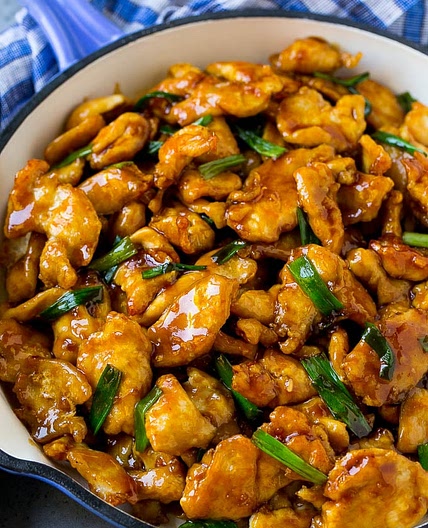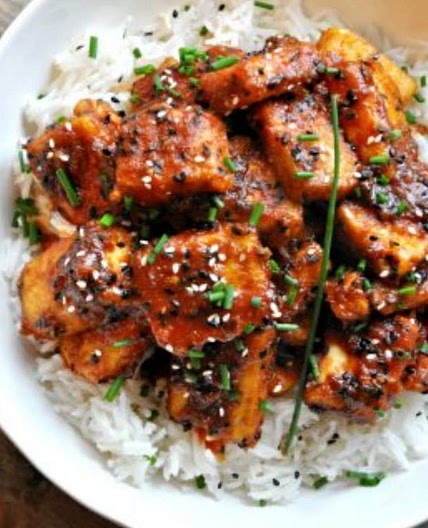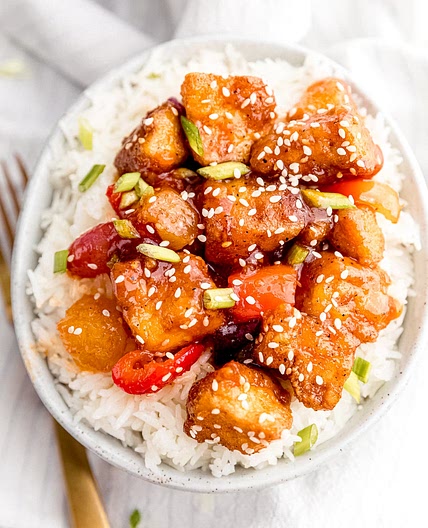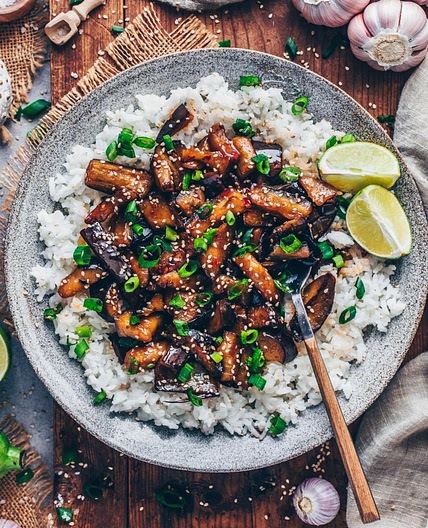Cornstarch
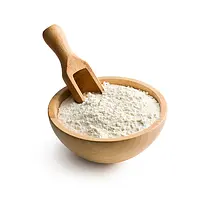 Pantry
PantryCornstarch and corn flour smell and taste really similar, and they are both gluten free. And naturally, they both come from corn. But they are quite different in terms of both how they’re used and their nutritional makeup. The problem comes in that they tend to be named different things across the world. It can get confusing knowing which one is which and when you’d use them, but because they are made in completely different ways, it’s important to make sure you get the correct one. Both corn flour and cornstarch are fine powder, but corn flour is made from whole corn kernels whereas cornstarch is made from only the starchy part. Because of this, cornstarch has almost no fiber, protein, fat, or other components. In the UK, cornstarch is often called corn flour – which is partly where the confusion comes in. However, you always know which one is which because of the texture. Cornstarch looks chalky, is extremely fine, and is often used as a thickening agent for both desserts and savory dishes. The corn flour you’ll find in the US is like the corn version of oat flour – finely ground whole corn. It’s still gluten-free but alongside the starch, it also contains fiber, protein, and a little bit of fat. In some countries, it’s called maize flour. It’s most suited as a substitute for plain flour and is quite regularly seen in gluten-free baking recipes.
Cornstarch nutrition and vitamin info per 100g
| Energy | 380.9800109863281 | kcal |
| Total Fat | 0.05000000074505806 | g |
| Carbohydrate Total | 91.2699966430664 | g |
| Sugars | 0 | g |
| Protein | 0.25999999046325684 | g |
| Sodium | 9 | mg |
| Fiber | 0.8999999761581421 | g |
7821 recipes to cook with Cornstarch
Cornstarch substitutes
- Regular substitute
Cornstarch equivalents and varieties
Cornstarch cooking tips
 Samsung Food
Samsung FoodCoat meat or vegetable pieces in cornstarch before sautéing or stir-frying to get extra crispiness.
 Samsung Food
Samsung FoodTo make slurry for a sauce or soup thickening, mix water and corn starch in 1:1 ratio.

